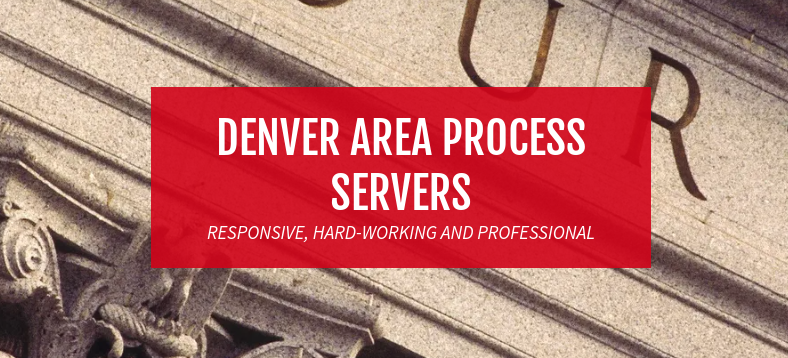If you want a family member to leave your home
If you want a family member to leave your home, you must follow an eviction process similar to the one for a formal tenant.
In most states, you can evict any family member over the age of 18. Regulations regarding eviction vary, so make sure you follow the specific procedure for your location.
Step 1
Gather documents relating to your home and the person you wish to evict. These may include documentation proving you own the home, copies of any rent checks the family member has paid you, and a blank eviction notice form.
Step 2
Give written notice to the family member, informing him or her that you wish them to leave. Legally, you must give this written notice with sufficient time for a response. A 30-day notice period is common. Regulations vary, though, so follow the requirements for the state and city where you live.
Step 3
Wait out the notice period. If your family member does not leave the home at the end of the period stipulated in your written notice, you will need to start eviction proceedings.
Step 4
Fill out the eviction notice form. Include all required information, such as the person’s name, the address of your home, and a reason for the eviction. The reason can be as simple as failure to pay rent, or a failure to meet expectations of living at the home. Keep any personal attacks out of your eviction documentation, and be clear and concise.
Step 5
Make two copies of the eviction notice you have filled in. Ask the family member you wish to evict to sign and date both copies. Give one copy to the family member and keep the other copy for yourself.
Step 6
File for a court hearing if the family member refuses to leave the home after being served with an eviction notice. Again, there may be a minimum waiting period before you can go to court. At the hearing, the judge can issue an order of eviction. This will enable you to call for assistance from law enforcement if it’s necessary to remove your family member from the home.
Find and learn the process of an eviction in the State your property is located in.
Each State has different things to do in an eviction, This is called the process of an eviction. Most all evictions start with some kind of termination of the tenancy either by the Landlord or the Tenant. Every State has Laws that make it necessary to follow that State’s Process in the event of an Eviction. Learn The Eviction Process in your State. Landlords and Tenants find information on how to evict a tenant or how to defend an eviction.
Find the Eviction Process in the State you live in!
The Process for an Eviction has different steps; Let us help you with filing Evictions in your State.
Tenants have rights learn how to answer the eviction, along with the laws that protect you in your State.
Tags: Eviction Information, LANDLORDS, Legal Articles, TENANTS












